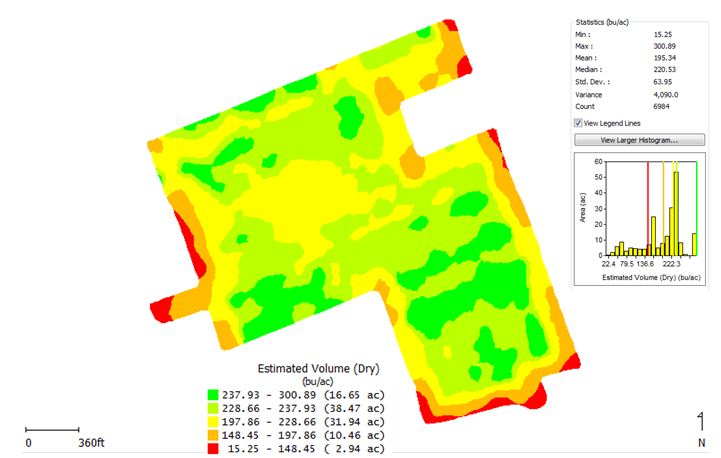NEW OMAF Infosheet: Adjusting Planting Practices to Protect Pollinators
In order to mitigate risk of dust exposure to bees, Ontario stakeholders believe that practical initiatives to reduce dust released during planting should be considered. This includes the use of an improved seed lubricant and the use of planter deflectors, in order to minimize pollinator exposure. Two key ways to mitigate dust drift, as referenced […]
